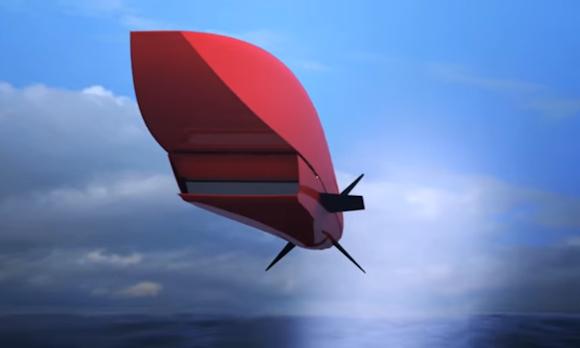The European consortium MBDA (formed by BAE Systems and Airbus Group, with 37,5% of shares each and by Leonardo, for the remaining 25%) is developing a new anti-ship cruise missile / land attack, intended to replace the latest versions ofEXOC extensionT andHARPOON, respectively supplied to the Marine Nationale and the Royal Navy. It will also replace the SCALP-EG stand-off missile that currently equips the RAF and the French Air Force and, in the naval version (SCALP NAVAL), the Marine Nationale.
The characteristics of the new weapon (opening image), called perseus (Perseus), will cover the possibility of having a hypersonic speed (higher than mach 5), an advanced dual-mode sensor package (which includes an AESA radar combined with a laser radar or LADAR) that allows the system to operate in any weather condition and in all terminal engagement configurations. Radar modes, such as Synthetic Aperture Radar (SAR) and Doppler Beam Sharpening (DBS), enable the detection and selection of long-range targets in complex naval and land tactical environments, including those with advanced countermeasures.
At the moment there is talk of a maximum range of more than 300 km, however we believe this value can be increased.
Main characteristics of missiles perseus are the ability to be used by surface naval units, submarines and aircraft, as well as to carry a main warhead of 200 kg and two secondary ones of 50 kg each. This configuration would allow to hit multiple targets with a single missile, or to hit a large naval unit (such as an aircraft carrier or an LHD) in several points, thus creating a greater number of damage.
As for delivery times for the new missiles, France and the UK are hoping to have them by 2030, when SCALP EGs will be considered obsolete.
In the past, industries belonging to the MBDA consortium have developed missile systems which then went to equip (although not necessarily all three together) the French, British and Italian Armed Forces, such as the ASTER 15/30 surface-to-air system. , the METEOR air-to-air missile, or the aforementioned SCALP EG stand-off missile.
It therefore appears "singular" that Italy is excluded from the project perseus, probably by choice - on our part - politics. It is also true that the new missile will be placed inside the VLS A70 cells, which our naval units do not have (both fighters Doria than the frigates Bergamini are equipped with A50 cells, less capacious than the A70). Plus the class submarines Todaro they are not designed to carry cruise missiles. There would remain the only possibility of installing them on the F-35A fighters of the Italian Air Force, replacing the STORM SHADOW (SCALP EG).
In light of the changed international framework and the now recognized need, for a nation that wants to have a weight (albeit minimal) on the international chessboard, to equip itself with strategic weapons systems, Italy continues to have Armed Forces (with the exception of AM) equipped with equipment from peacekeeping rather than to deal with a conflict, I don't say medium / high intensity, but at least on the type Nagorno-Karabakh.
Against, instead of equipping ourselves with hypersonic systems, the Navy is about to acquire a new version of the anti-ship missile TESEO, the Mk-2 / E (EVO). The new missile, which can only be launched from surface units, is credited with very similar performance to the American RGM-84L HARPOON Block II which made its first test launch in 2001!
Image: MBDA












